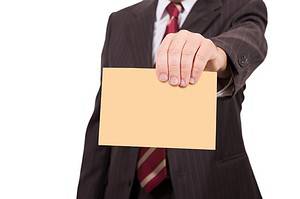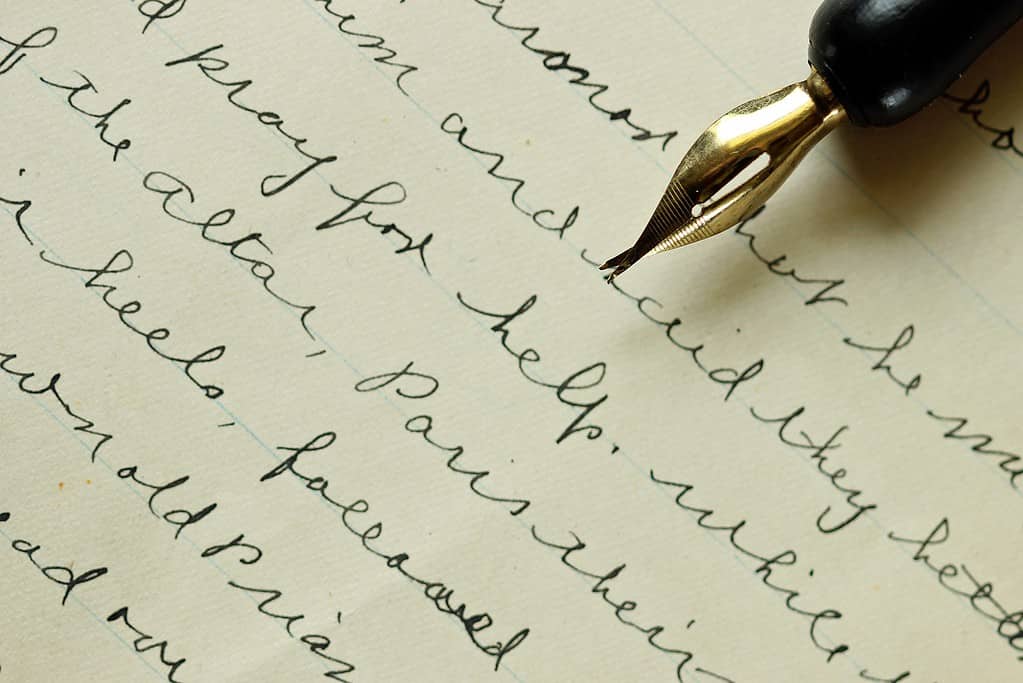You were injured in an auto accident caused by another driver’s negligence, and as a result, you are currently burdened with medical bills, lost wages, and other expenses.
No matter how minor or severe your injuries are, you can seek compensation from an insurance company by writing an effective demand letter.
A demand letter summarizes your claim and damages and is one of the most critical steps in resolving a car accident claim. By sending a well-crafted demand letter, you could settle your case more promptly and avoid further litigation.
This post will discuss everything you need to know about a demand letter from attorney after car accident. Read on to learn what to include in the letter and how an attorney can help you.
What Is a Car Accident Demand Letter?
A demand letter is a written statement you send to the at-fault driver or their insurance provider after being involved in an auto accident. The letter provides details of the car accident and outlines your demand for compensation for your damages.

Usually, you send a demand letter after receiving an estimate of your costs. To write an effective demand letter, you must be precise and provide evidence to support your claims. The letter must contain accurate information.
Once the insurance provider receives the demand letter from your attorney after a car accident, the next step is to start negotiating a settlement.
What Does a Demand Letter Include?
Before diving into the particulars of a demand letter, remember that some Evidence Code rules prohibit you from using the letter’s contents as evidence if your claim goes to trial.
Even though the letter contains numerous details that are relevant at trial, it is not admissible. This ban enables the involved parties to negotiate without worrying that their requests or conversations will be used against them in court.
A good demand letter is concise, thorough, formal, and compelling. Your personal injury lawyer will analyze the facts, apply the relevant legal standards to the facts, and then make an argument supporting the requested settlement amount.

Every personal injury case is unique, so no two letters are identical. Still, the majority of demand letters need to contain the following:
- The date, time, and location of the accident
- A brief description of the accident to establish liability
- A list of injuries sustained and symptoms experienced after the accident
- A description of your medical diagnosis, treatment, and medical expenses
- Information about any loss of earnings suffered
- A breakdown of how the accident disrupted your life
Your demand letter should be accompanied by supporting documents to justify the claims. The documents can include police reports, medical bills, witness statements, and any other document that verifies the severity of your injuries and losses.
How Can an Attorney Help Me Write a Successful Demand Letter?
Knowing what to include in your demand letter can be challenging. Generally, it should consist of the facts of the case and your opinion about legal liability. You must also describe your injuries and the damages you anticipate receiving.
A demand letter needs to be concise and straightforward so that the receiver can understand why you are claiming compensation.

Damages should not be listed as a lump sum but itemized in detail. But while at it, do not provide too much information or add unimportant facts.
Having an experienced lawyer on your side can help you strike a balance. They are skilled in determining the appropriate value of your damages and the types of compensation you may be eligible to receive. An experienced lawyer can articulately describe this information in a demand letter.
How Does My Attorney Decide How Much to Ask For?
The demand letter will first explain the relevant facts of your case and refer the insurance adjuster to your supporting documents.
After this, the demand letter will either request payment of the insurance policy limits available to the at-fault party or state a specific dollar amount you expect to receive from your settlement.
Dollar amounts depend on various factors, including the severity of your injuries, your past and future medical bills, and other losses you will likely experience due to the accident.
Your lawyer might review settlements that others with comparable injuries have received. Because of regional differences, your attorney will mainly focus on the county where the claim was filed and seldom consider outcomes in other counties where verdicts may differ significantly.

Beware that most demands are overstated to facilitate negotiations with the insurance carrier. Insurance firms frequently try to frustrate the parties injured in car accidents by making lowball offers in response to demands.
Do not be shocked if the insurance company offers 50% less than the initial demand. Instead, be flexible during the negotiation process so that each party can feel they got compromises from the other side.
Personal injury lawyers work on a contingency fee basis, receiving a percentage of the settlement as payment for their services. Your attorney will be motivated to get you the highest compensation possible.
The amount your lawyer requests in the demand letter will consider the legal fees you have to pay out of the settlement you get, in addition to medical costs and other expenses.
What Happens After Sending the Demand Letter?
A demand letter is not the same as filing a lawsuit. The purpose of a demand letter is to resolve your case out of court. Several things can happen after sending a demand letter:
1. Acceptance
When the insurance company receives a demand letter from your attorney after a car accident, they might send you a compensation offer and a document to sign that releases them from all claims. But this type of reaction is rare because insurance companies often engage in negotiations.
2. Counteroffer
If the insurer rejects your offer, they could respond by placing a counteroffer. Ensure you read the offer carefully to understand what it means. You can choose to accept it or challenge them with your counteroffer.
3. Denial
The insurance company can entirely deny your claim. They may reply to your demand letter with a denial letter or fail to respond at all.
It is crucial to record the date when you send the letter to track how much time has passed. You only have a limited period to file a formal claim, regardless of whether you get a response.
Make sure you carefully examine any denials provided by the insurance provider. They might explain the denial, which might need to be addressed.
Need Help with Drafting a Demand Letter? Talk to a Lawyer
You may think negotiating your personal injury settlement is a good idea. However, insurance adjusters give more weight to a demand letter written by an experienced personal injury lawyer.
The insurance company will be more likely to resolve your claim quickly if you give them the impression that you have retained legal counsel and are ready to go to trial if necessary.
The attorneys at Legal Giant are devoted to helping car accident victims receive fair compensation for their damages.
Contact us to schedule a free, no-obligation consultation today.

